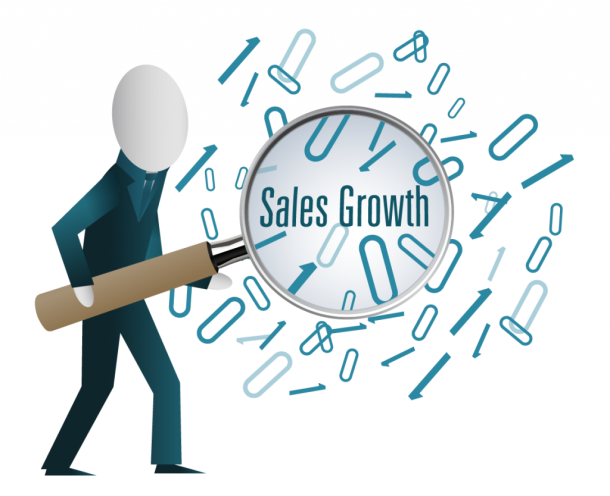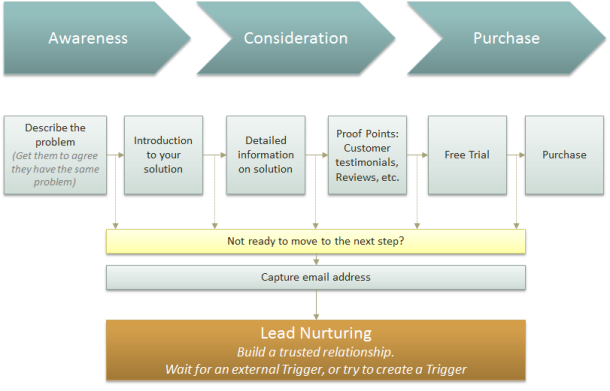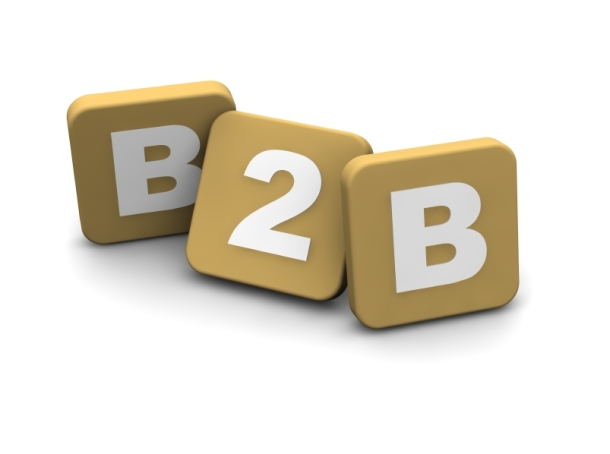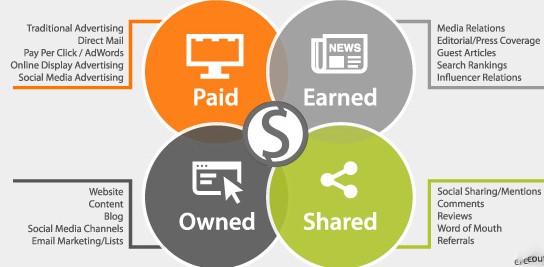Social selling definition is important in sales training as many salespeople and sales leaders are still asking “What is Social Selling and how can I do social selling so it gives me results?
Despite all the news and chatter about social selling, many companies and salespeople struggle with a social selling definition that makes sense for them to incorporate into their sales habits. When I am conducting sales training on social selling, people will approach me ask “Is this social selling thing really worth it? Or is social selling really relevant to me as an experienced sales professional?
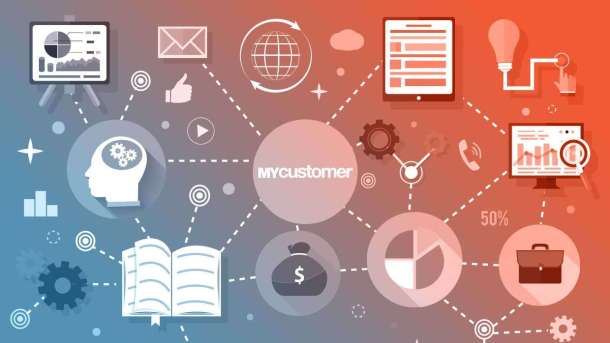
Social selling definition
My answer on Social Selling remain the same:
If a salesperson or a business has all the sales leads and pipeline of revenue they can handle for the next year or so, and don’t believe that social media is playing a bigger part in the buyer decision process, then no, you don’t need social selling.
If on the other hand, you see the more traditional forms of selling declining and you plan on being in business for the foreseeable future then using social media as a sales channel and social selling will not be optional tools. Digital selling and social selling will become increasingly vital to a salespersons and business success. So, let’s look at what “social selling” mean.
Social selling definition!
I believe that every salesperson should view social selling as a sales touch point embedded into every aspect of your sales habit loop. If you review your sales funnel, it can be connected back to every sales step and to every lead. Successful salespeople have learnt how to use the social networks to build credibility, be visible and relevant in every step of the buyer’s journey.
My social selling definition is as follows:
“It is about building a communication bridge between social media activity (opportunity insights, sharing ideas and perspectives) and the phone call (sales outreach) to maximise buyer interactions and minimise wasted time.”
So, Social selling concentrates on sharing focused content and providing one-to-one communication that flows backwards and forwards between the salesperson and the buyer.
The goal is for the you to form a relationship with each prospect, providing suggestions and answering questions.
What Social Selling is Not:
Firstly, Social Selling is NOT Social marketing
Social marketing is focused on generating mass awareness and is more aligned to inbound marketing (to generate sales leads) while social selling is an organised sales activity aligned to sales (to generate leads for sales). Social selling is focused on individual buyer engagement while social marketing focuses on brand engagement. Sales people involved with pumping out marketing material on social media are doing social marketing not social selling.
Social media is no longer the exclusive domain of marketers. It’s not about pushing mass messaging. It’s about personalised conversations. It’s about connecting and engaging. Social selling needs to be integrated into the very DNA of your business.
A social definition is not one that uses social media to shout at, stalk, or spam people digitally. It is not about employing the social channels to replace cold calling, sales outreach or replacing the telephone with Twitter and LinkedIn. Trying to outshout your competitors, interrupting people and blasting their inboxes or profiles with generic sales pitches are not strategies that will create trust and credibility. Also, social selling is not about having a uniformed approach to every customer interaction.
One to one connections and interactions
Successful social selling that delivers real results comes from meaningful, relevant and personalised one-to-one social conversations and interactions. It is not all about content, while content plays a vital role it is a sales tool to engage the prospect towards a useful and valuable interaction. Forward thinking sales leads and salespeople understand the power and importance of developing one-to-one connections and interactions on social media.
As part of a sales training program or sales transformation process, a social selling strategy should be focused on creating opportunities for interaction in a very personalised manner. As we enter the era of the digital native buyer (2 billion plus people on social media globally), the ability to focus on and tap into your core market(s) online will be vital to sales success.
Why Companies Embrace Social Selling
Traditional sales tactics have diminishing returns:
90% of decision makers say that they never respond to cold outreach – (Harvard Business Review).
Buyers use social media:
75% of B2B buyers now use social media to research vendors (IDC).
Bigger deal sizes:
Buyers who use social media have larger budgets – typically 84% larger than the budgets of buyers who do not use social (IDC).
Better Sales Achievement:
Social sellers realise 66% greater sales achievement than those using traditional prospecting techniques (Sales Benchmark Index).
Research and studies from lead sales organisations show that social selling like any great sales strategy is best applied as part of a daily sales habit. In one study from SAP, 71% of salespeople who gained sales leads using social selling and social media were active on a daily basis.
Social Selling Tip: Social selling requires sales training and a planned approach. It is advisable to learn how to leverage all the social networks like LinkedIn, Facebook and Twitter. Split out the social selling activity into engaging a new profile of customer, accessing new markets and increasing engagement with existing customers. Learn more about social selling training.
I hope the above statistics prove that social media and social selling are not a fad or empty time filling activity. It is a channel and valuable activity for selling and growing revenue. Companies who have put formal social selling strategies in place are seeing growth in double digits for the socially skilled sales professionals. Not a bad return!
Where how do we start social selling?
Social Selling consists of five main steps:
- Establishing a presence on social networks (Goals and objectives)
- Finding the right people (Research into Buyer Personas or Ideal Customer Profiles)
- Engaging with those people (Content assets, rules of engagement)
- Building trust (Credibility and Connecting)
- Measuring the impact (Conversions, Mentions, References and Leads)
To build a team of great social salespeople, they have to be trained to become personal marketers, content experts and storytellers. Also, a change in mindset that requires sales leadership to move away from constant pitching to focusing on sharing great content and building relationships and a community online. Salespeople and the brand should strive to be a “Thought Leader” in the eyes of their target audience and market.
The relationship between seller and buyer has changed. Today the buyer self-educates, does their own research and is influenced by what they read and see online. This change to “online conversations” can either be seen as a risk or as a fantastic opportunity. But only if you’re willing to have a formal social selling program with goals and objectives. Then you can jump in, interact on a personal level, start social conversations that eventually lead to warm sales meetings.
Social Selling Definition – Sales Training Company - The Bitter Business
